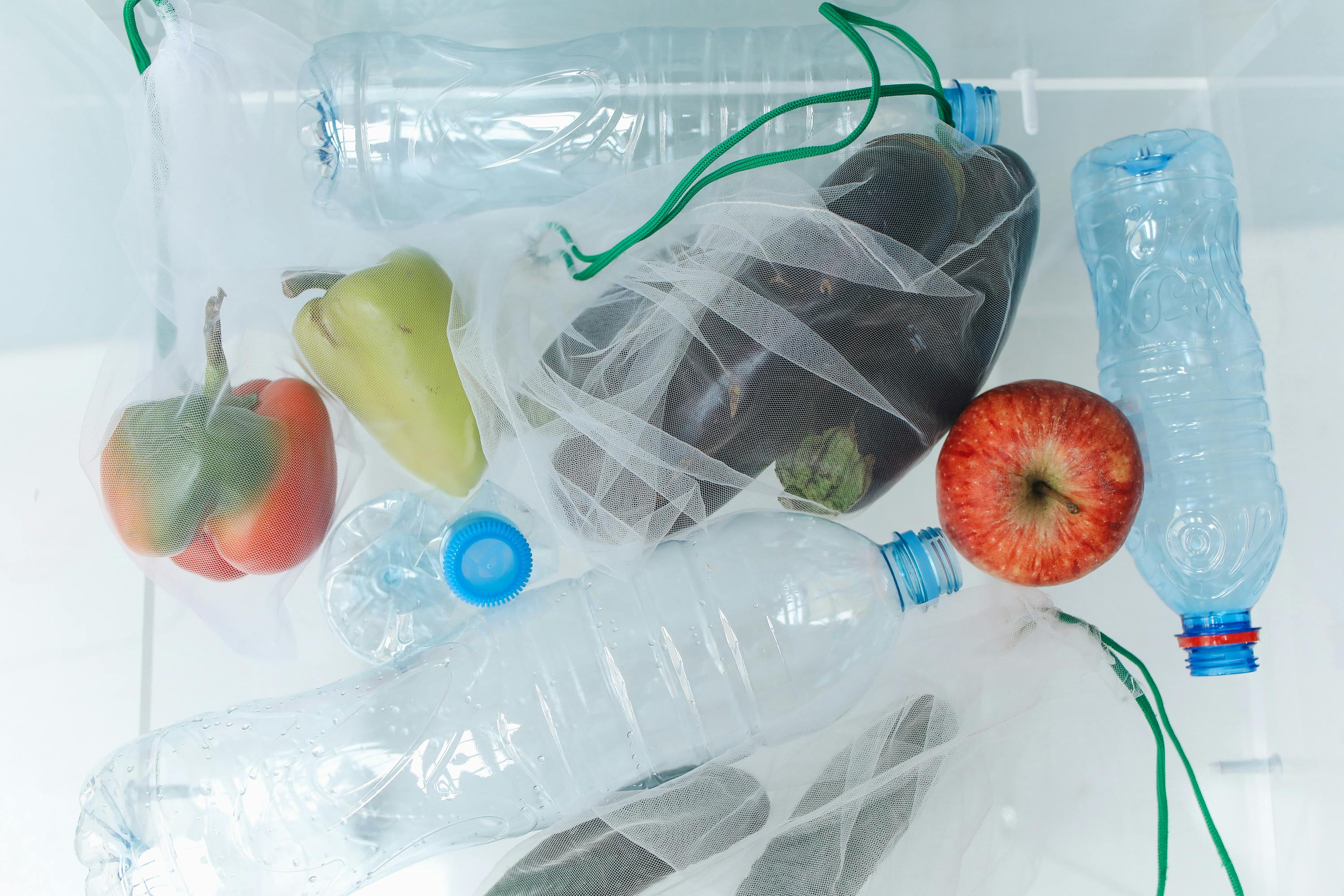In the back of their minds, all pool owners know the risk of having a quiet, lurking body of water in the backyard. Even more so for families with children, a swimming pool can be a silent killer. Consider this list of the ten most common and dangerous pool deficiencies:
10) Electric
Proper electrical wiring for a swimming pool and all its components is essential, since water, electricity and people are a dangerous mix. Pools and all metal components within one meter of the water line must be tied together with a heavy earth wire loop. Also, all electrical devices that come into close contact with water, such as pumps and lights, must be properly connected with a GFIC or ground fault interrupter.
9) Slippery decks
As pool deck surfaces age and weather, they will develop algae and become very slippery, especially in wet conditions. To reduce the chance of falling or slipping on a pool deck, you should pressure wash the deck once a year. Additionally, silica sand can be added to your concrete sealer to provide a more textured, non-slip surface.
8) Stairs and stairs
Ladders and ladders are a very common site of injury in a swimming pool. Colored tiles are used to accentuate the edges of the steps in many pools, helping to define the edges of the steps under moving water. The likelihood of a fall or injury increases at night, and also more if there is no underwater pool light to illuminate the water. Ladders often have handrails installed on the pool deck that can loosen over time. Moving the ladder rails out of the water will greatly increase the risk of a fall.
7) Water quality
Don’t underestimate your green pool. Harmful bacteria can reside in poorly maintained water. It is essential to ensure that the water quality is adequate for swimming to prevent infections and staph infections of the eyes, ears, nose and throat. Chemical levels in water can also affect people prone to skin reactions.
6) Storage of chemicals
The chemicals in your pool are a powerful mix of strong acids, alkalis, and poisons. Worse still, many of these chemicals specifically react with each other, yet they are often stored in the same place with little effort to keep them safe. Chemicals should be investigated and stored in a controlled, dry and closed place at all times.
5) Winter covers for swimming pools
Winter covers are often just large tarps stretched over the pool with sand or bags of water holding them at the edges. These are not strong enough to support the weight of a medium pet or small child without getting into the pool. It may seem tempting to walk on them, but any person or animal that steps out onto the deck of a pool is in grave danger.
4) Suction lines
The pool suction points, most commonly the skimmer and main drain, are connected directly to the front of powerful pool pumps. The power of a pool pump is more than enough to cause serious and life-threatening injuries. The warning label that comes on new main drains, skimmers and pool pumps indicates that the pool pump has sufficient force to trap, drown and gut, should it unknowingly cover the suction point with any part of your body. Tragically, each year, more children die this way from single-suction main drains that are now illegal. Now spaced double suction main drains are required so you cannot cover both suction points at the same time. Proper use of main drain covers is critical to ensuring the safety of your swimmers.
3) Pool toys
A surprisingly common source of pool-related accidents is the result of pool toys that are not suitable for use in a pool. Some flotation devices can cause young swimmers to tip over and become trapped face down underwater. Large inner tubes or inflatable boats are great examples of items best suited for the beach.
2) Pool slides
Pool slides seem like a good idea when considering that kids are playing in the pool. At the same time, a pool slide is literally like letting your kids play on a 9 foot tall ladder on a concrete surface. Pool slides are becoming less common these days, and for good reason, as they are the second most common cause of serious injury in a pool.
1) Dive tables
By far the most dangerous item for your pool is the diving board. The vast majority of pools are not deep enough for a diving board. The risk of trauma to the spine and head is extremely high in pools less than nine feet deep, which is the majority. Even a moderately steep dive will cause a bottom collision for the swimmer, and the long slope of the shallow end of the pool is a difficult obstacle to avoid when exiting the dive. Removing the diving board from your pool and promoting a no-dive policy will reduce the likelihood of a pool accident or injury by up to 50%.
Remember: these pool hazards relate to the average swimmer, but an unused pool can be just as deadly. Be sure to install an automatic pool safety cover to take the most proactive step in increasing the safety of your pool.
